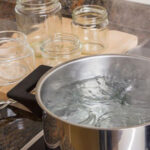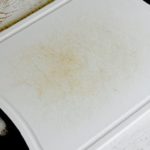When it comes to wall paint, latex paint often comes to mind as it’s widely popular due to its numerous advantages. These include reasonable cost, moisture resistance, durability, and environmental friendliness.
However, in my personal experience, traditional latex paint has certain drawbacks that became difficult to overlook after prolonged use. Hence, if I were to renovate my home, I would opt for an alternative to latex paint for the following four reasons.
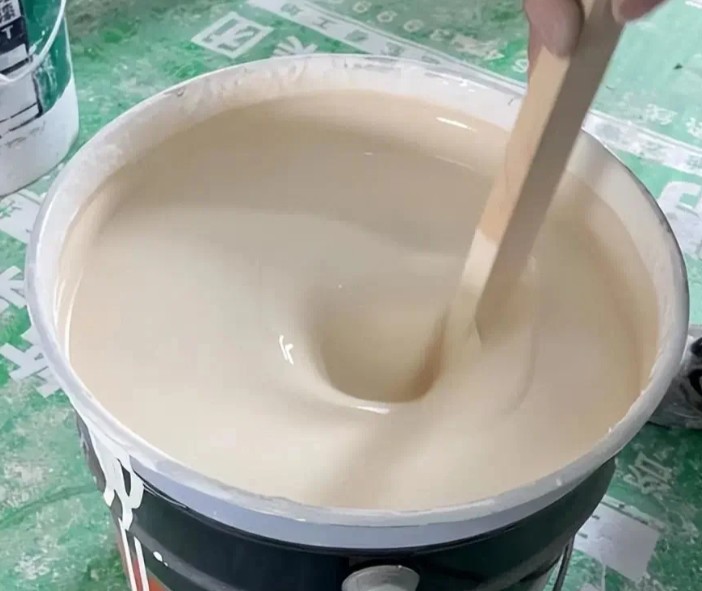
1. The paint is prone to cracking over time
As a commonly used decorative wall material, latex paint offers a wide range of colors and ease of application. However, it also has some significant drawbacks that cannot be ignored. One of the most prominent issues with latex paint is the tendency for the walls to crack over an extended period.
There are several factors that can contribute to this problem, including technical issues during application or the quality of the paint itself. For instance, if the underlying surface is not properly prepared and still contains oil, dust, or other impurities, or if the latex paint is applied too quickly before the plaster is completely dry, it can result in cracks on the wall.
Additionally, temperature and humidity control is crucial. Extreme temperatures or humidity levels can affect the adhesion of latex paint, leading to cracking.
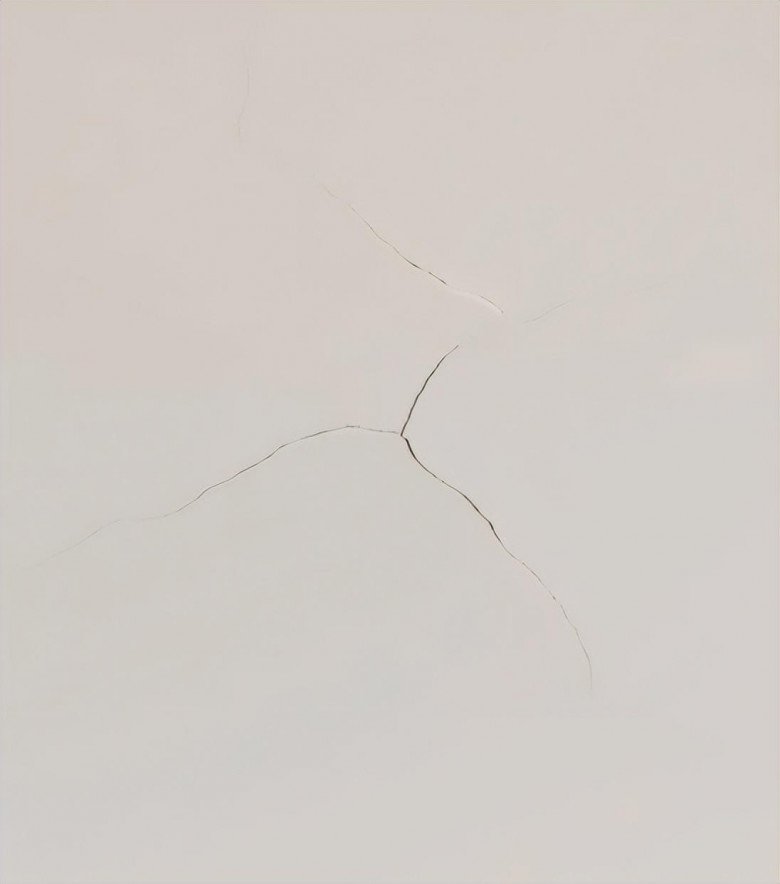
2. Ineffective against dust and difficult to clean
Latex-painted walls are susceptible to dust and dirt, making them challenging to keep clean. Maintaining the cleanliness of the walls and ensuring good air quality requires frequent cleaning and maintenance, which undoubtedly adds to the burden of the residents.
Moreover, despite regular cleaning, latex-painted walls are likely to retain marks such as fingerprints and footprints, diminishing the aesthetics of the walls.
Repairing latex-painted walls is also a cumbersome task. Once the wall is damaged or stained, it is difficult to restore it to its original state. Firstly, finding a suitable repair material that exactly matches the original latex paint color is a daunting task.
Secondly, special attention must be paid to the application technique during the repair process to avoid issues like color mismatches and brush marks. Even with careful repair work, it is challenging to completely restore the wall to its initial beauty.
3. Poor ability to conceal surface imperfections
Latex paint does not effectively conceal imperfections on wall surfaces. Once the pigment is completely dry, a thin layer forms, replicating the surface texture.
If the walls are not smooth, it is necessary to level the surface before painting, as an uneven surface will result in an unsightly appearance.
4. Prone to scratches
Latex paint tends to form a thin surface that is susceptible to damage from external forces. Even light friction or impact can leave noticeable scratches on the latex paint surface.
Such scratches not only affect the wall’s aesthetics but also reduce the protective effect of the latex paint, impacting its longevity.
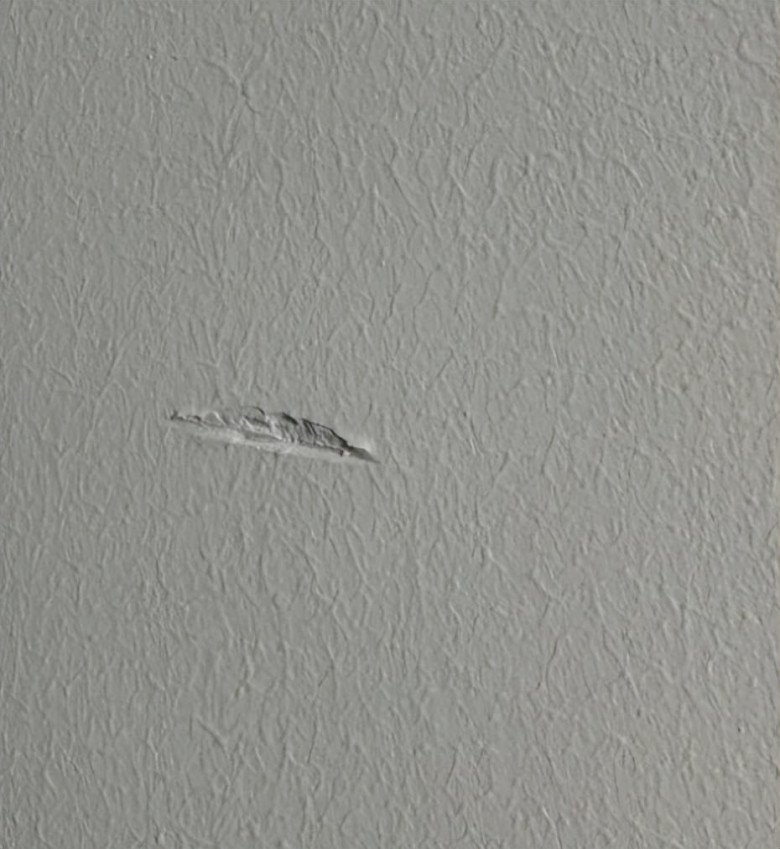
5. Varying quality of latex paint in the market
The quality of latex paint available in the market varies significantly, making it challenging for consumers to choose the right product. Some latex paints may contain high levels of harmful substances like formaldehyde, posing potential health risks.
Additionally, low-quality latex paints may exhibit uneven performance in terms of coverage, adhesion, and resistance to abrasion. They may also develop issues like blistering, cracking, peeling, and other problems during use, impacting the aesthetics and longevity of the walls.
Given the varying quality of latex paint, consumers should be vigilant and opt for well-known brands that guarantee quality. It is advisable to avoid purchasing unknown or low-quality latex paints.
When buying latex paint, carefully read the labels to ensure environmental safety. Assess the quality of the paint by examining its texture, color consistency, and odor. High-quality latex paint should have a smooth texture, uniform color, and a mild scent.
The Benefits of Plastic Wrap
“The versatile nature of plastic wrap knows no bounds. Aside from its primary use in food preservation, this handy household tool can be creatively utilized to seal wine bottles, prevent clothing from falling, and even act as a protective barrier against dust and scratches for your precious furniture. Unleash your imagination and discover the endless possibilities that plastic wrap has to offer in your daily life.”
The Ultimate Guide to Wooden Cutting Board Care: Keep Your Boards Like New
Introducing the ultimate guide to keeping your knives and cutting boards in pristine condition! Forget about rust, stains, and mold – with these clever tips and tricks, you can ensure your cutting boards stay as good as new, right from the moment you buy them. It’s time to say goodbye to dull, discolored boards and hello to a fresh, hygienic kitchen!
What’s the Best Way to Keep Your Phone in Your Pocket?
Introducing the ultimate guide to keeping your phone screen protected and looking brand new. Have you ever wondered whether to face your phone’s screen inwards or outwards when tucked into your pocket? Well, wonder no more! This article will reveal the best practices to keep your phone in pristine condition. With our expert tips, you’ll be able to maintain the newness and longevity of your device. So, get ready to unlock the secrets to a well-protected phone screen!

























